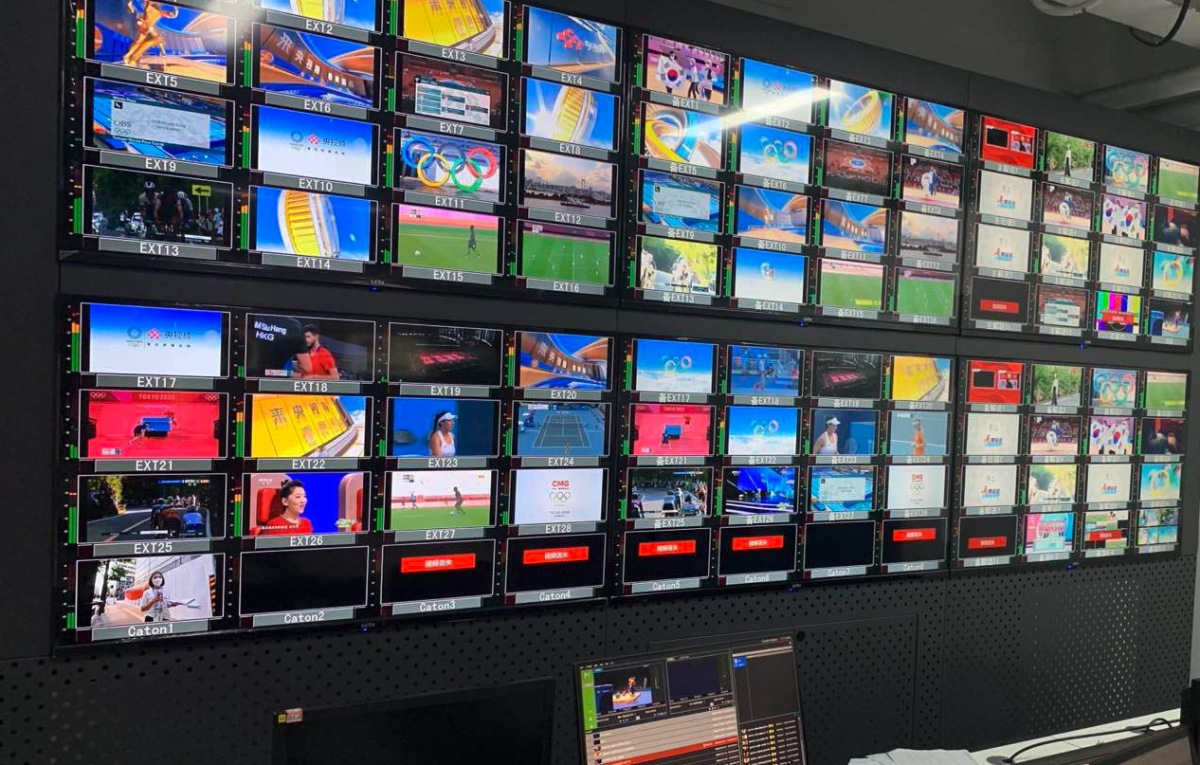
By Dr. Karl So, Doctorate of Business Administration
In the new media era, audience's content consumption habit has evolved beyond a single TV channel, with an increasing demand for a multi-channel, multi-perspective and multi-device content delivery. Media producers are constantly looking for innovative ways to deliver real-time high-quality live broadcasts to their viewers, anytime, anywhere, while simultaneously working on producing and delivering additional content such as in front of and behind the stage reports, so as to create an immersive viewing experience for the audience with a multi-channel and multi-terminal integrated media matrix.
Beyond the challenges in delivering an exceptional viewing experience, media producers are further challenged with hurdles brought-forth by the Covid-19 pandemic, making profound changes to their management methods and audience outreach strategy.

As the world fights against the COVID-19 pandemic, many international games are adapting to the new normal by infusing more cutting-edge technologies into their operations, so as to reach out to the global audiences that are facing travel restrictions and social distancing. With most audiences cooped up in their countries and homes since the onset of COVID-19, the Tokyo 2020 Olympic Games naturally became the most anticipated entertainment. However, with the many unprecedented COVID-19 restrictions, producers of the Tokyo 2020 Olympics Games had to work with limited resources and time to deliver the Olympics Experience to the world, honouring the hard-work of the Olympics participants. In order to mitigate the pandemic-induced challenges and restrictions, infrastructure and technologies became some of the most critical components, so as to transmit the streams to the rest of the world, in a reliable and high-quality manner.
Leveraging an arsenal of advanced technologies from an industry-leading innovation firm and the established connectivity infrastructure from a China-based telco, a specially architected integrated solution was designed for the Tokyo 2020 Olympics Games to securely and reliably transmit live HD video from Tokyo to Beijing.

The integrated solution was designed based off requirements that were of utmost importance, in order to deliver the Olympics Experience. Firstly, the games had to be comprehensively presented. Transmissions of multi-perspective content from multiple terminals including the field reporting teams, Main Press Centre (MPC) and mobile vehicle studios had to be reliable, high-quality, and real-time. Secondly, the end-to-end transmission process along with the distributed devices had to be expertly monitored and managed for quality and stability assurance. And last but not least, the provisioning of a setup that promises high performance, unparalleled speed, and reliability, to empower the transmissions of high quality real-time broadcast over IP back to Beijing.
Recognizing the need to supplement the broadcasting teams with agility and efficiency, mobile encoders were deployed in Tokyo to provide real-time HD video transmission through multiple 4G networks. Reporters and program producers were equipped with the agility that allowed them to run ad-hoc interviews and programs on site, anytime, anywhere. The mobile encoders were in-built with multiple network bonding technology that provided the broadcasting teams with network high availability, ensuring a continuous production and broadcast of content.
To enhance the transmission performance from Tokyo to Beijing, all mobile encoders and the global network were powered by Reliable Real-Time Transport Protocol (R2TP). With over 30 algorithms in-built, R2TP leverages deep learning approaches that work to smooth and mitigate network challenges, coupled with patented dynamic error corrections to recover from data loss. As a result, the quality and performance of the received transmission to broadcast decoders situated in Beijing were significantly improved. This specially designed transmission eco-system was built to be secure, stable, and high performing, with active remote monitoring and management of network status for the broadcasters.

The production execution of the Tokyo 2020 Olympic Games was a model example of how broadcasters are evolving, and increasingly adopting advanced technologies, so as to meet the dynamic audience demand for a multi-channel, multi-perspective and multi-device content delivery. This new high-tech norm is further amplified by the multiplying number of traditional broadcasters turning digital and the exponential growth in digital platform providers. With the landscape evolution and dynamicity in the volatile pandemic-towards-endemic world, broadcasters of high profile international sport games and events will be working doubly hard to adapt, enhance and deliver the content of demand. What is the audience expectation for Beijing 2022 Winter Games? How are the production teams preparing for FIFA World Cup in Qatar? Sit tight for yet another post-event article on the amazing technologies adopted.
The views do not necessarily reflect those of DotDotNews.




















Comment